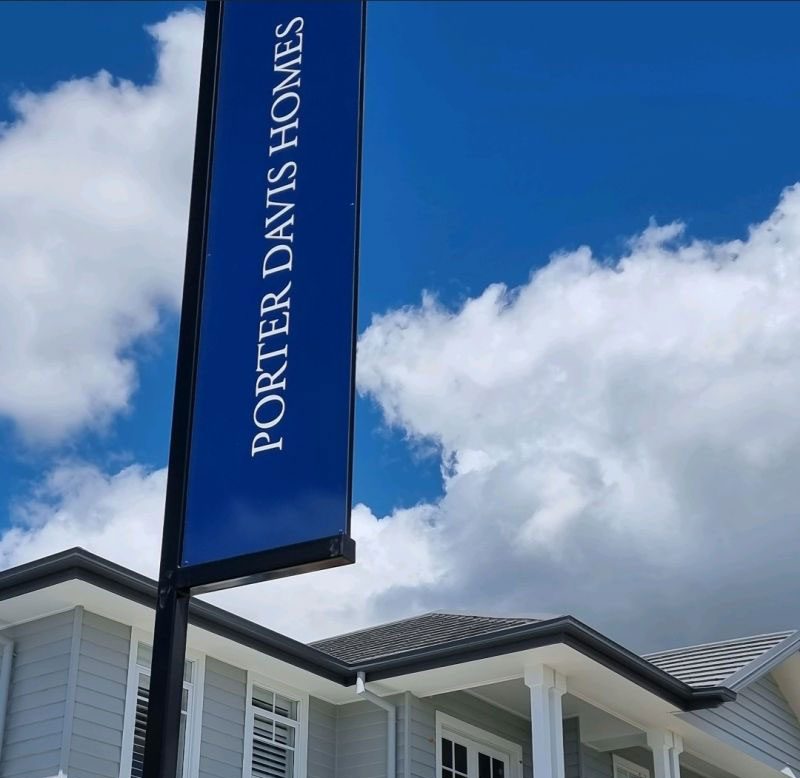This article is from the Australian Property Journal archive
ADMINISTRATORS and receivers reports were made for more than 1,500 construction companies in the previous financial year, amid ongoing supply chain issues, labour shortages and rising materials costs.
Data released by the Australian Securities and Investments Commission showed the construction industry dominated the number of initial external administrators’ and receivers’ reports with 1,541 out of the total 5,440 recorded across all industries, or 28%.
Most were in NSW, where there were 686 reports, followed by 444 in Victoria and 239 in Queensland.
There were 193 reports nationally in the “rental, hiring and real estate services” category.
Second on the list by industry was accommodation and food services (835), followed by retail trade (364) and transport, postal and warehousing (229). There were 591 in the “other” category, including business and personal services.
The 2023 financial year for construction saw construction costs reach new highs after recording their greatest annual increase outside of the period following the introduction of the GST. The financial year included the fall of major home builder Porter Davis, which collapsed with 1,500 homes under construction in Victoria and 200 in Queensland. Porter Davis was found to have not taken out domestic building insurance with the state’s Victorian Managed Insurance Authority, in breach of its obligations, for 560 families, prompting the Victorian government to step in with a $15 million bailout package for impacted customers that was expanded during winter.
It also saw Caydon Property Group collapsed in July last year, putting more than a billion dollars’ worth of projects in limbo, including its redevelopment of the famed Nylex site in Melbourne.
Of the nearly 5,000 nominated causes of failure across the reports for construction businesses, more than half – 850 – included “inadequate cash flow or high cash use”, and 772 cited “trading losses”. There were 663 that included “poor strategic management of business”, around one-third cited “poor economic conditions” and one-third “poor financial control including lack of records”, and nearly 30% included “under capitalisation”.
ASIC’s report showed 1,265 reports of construction companies trading insolvent.
In an encouraging sign for the industry, the pace of construction cost growth slowed sharply in the September quarter, according to CoreLogic’s Cordell Construction Cost Index (CCCI), which tracks the cost to build a typical new dwelling.
However, despite a rise in home dwelling approvals, low numbers overall and ongoing high population growth will see housing supply struggle to keep up for a number of years, according to economists.
Small-to-medium businesses dominate reports
More than 1,000 of the construction companies in the ASIC report had less than five full-time equivalent workers. Nearly 250 had between five and 19, 85 between 20 and 199, and one had 200 or more. The balance was unknown.
Across all industries, small to medium size corporate insolvencies continued to dominate external administrators’ reports. Of the reports lodged, 83% had assets of $100,000 or less, 82% had fewer than 20 employees, 32% had liabilities of less than $250,000 and 68% had liabilities of less than $1 million. In this group of creditors, 96% received between 0 to 11 cents in the dollar, which ASIC said reflected the asset/liability profile of small to medium size corporate insolvencies.




